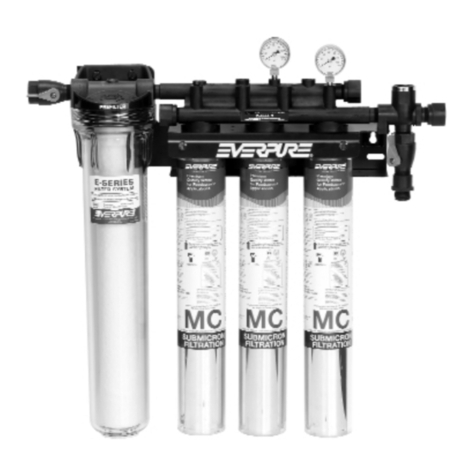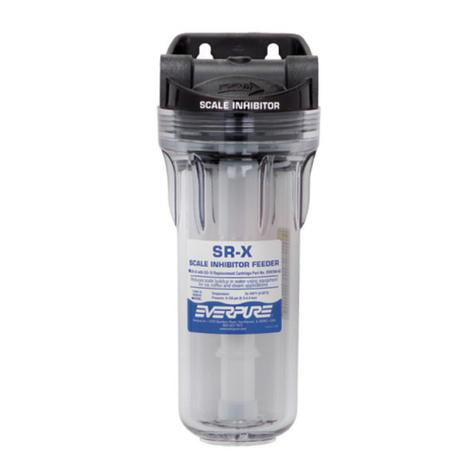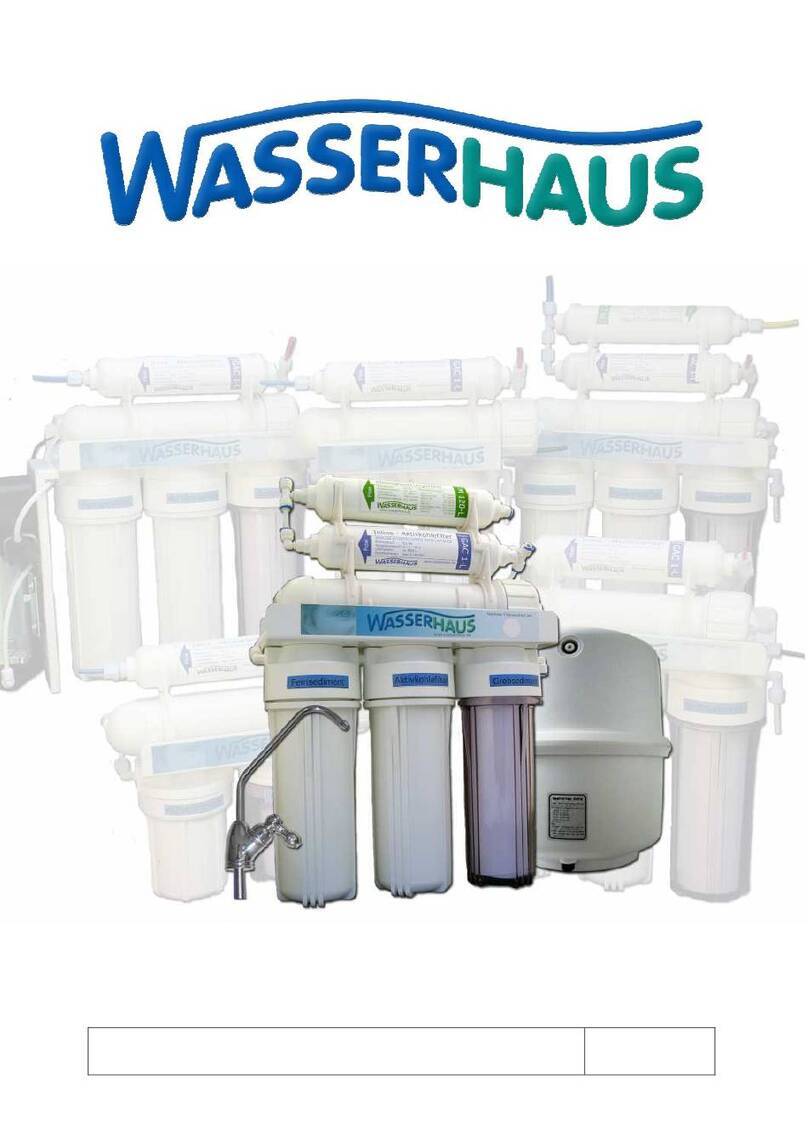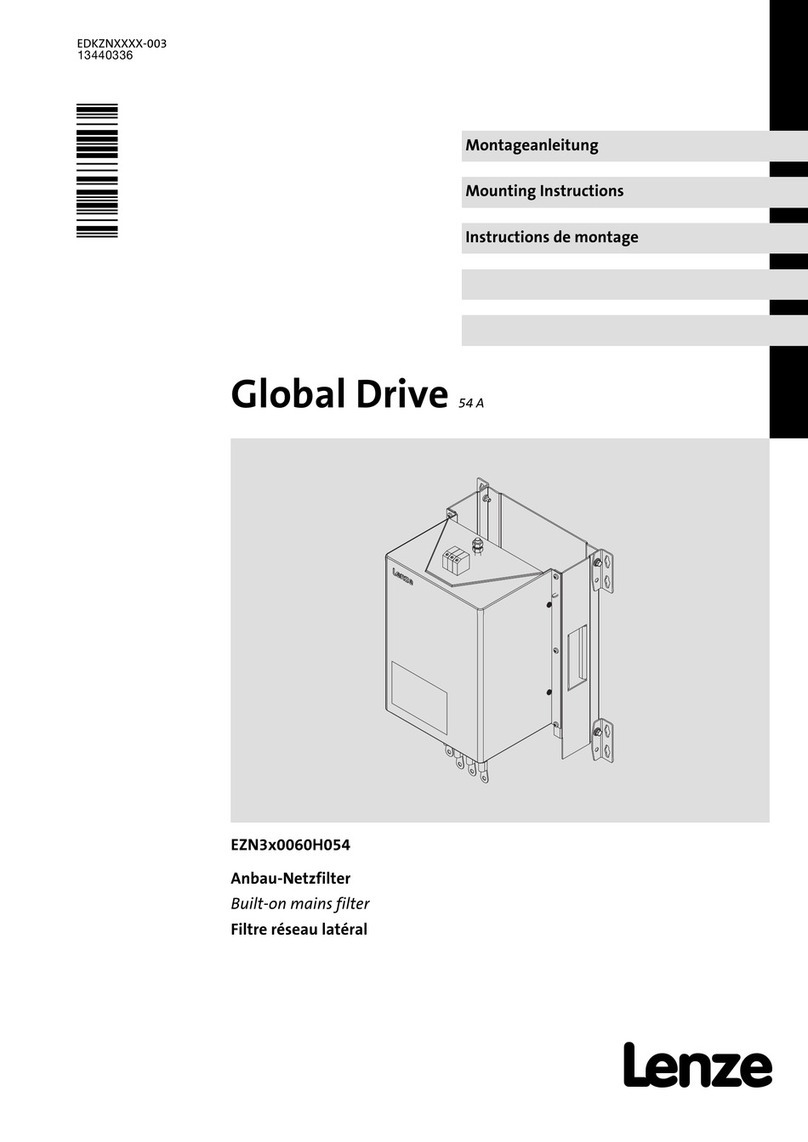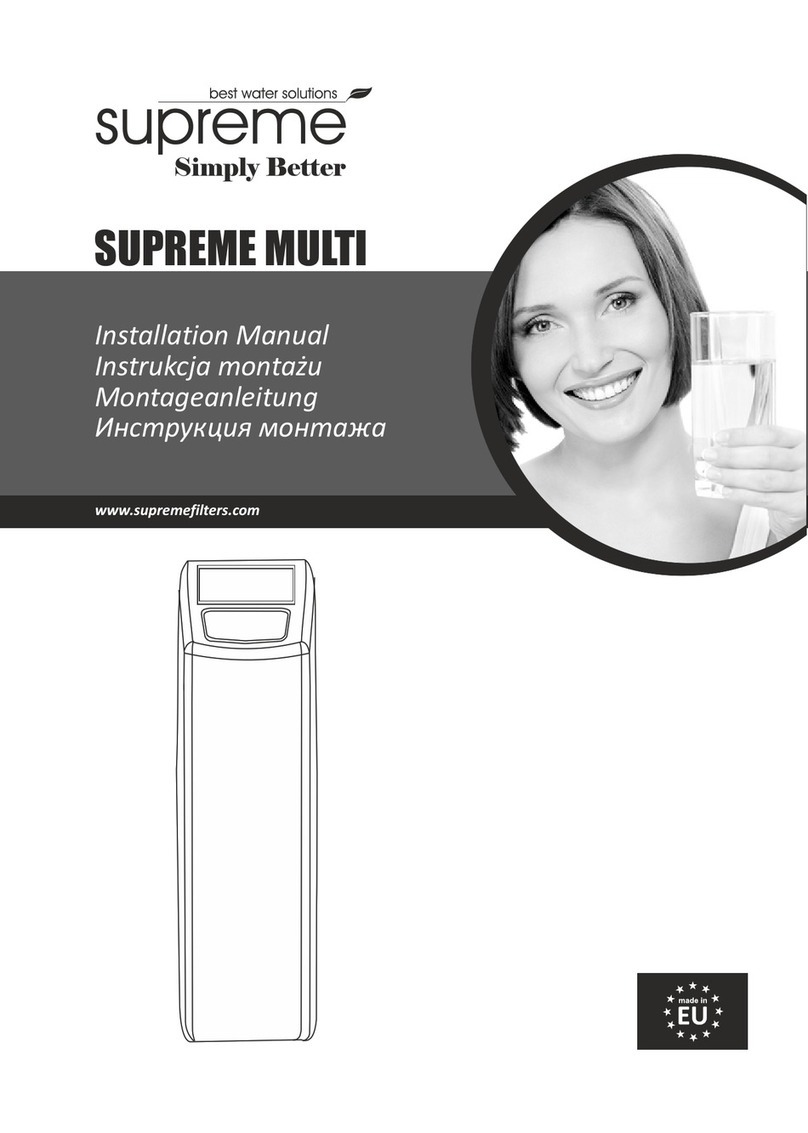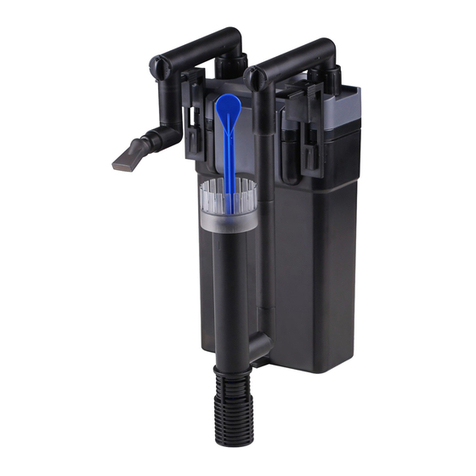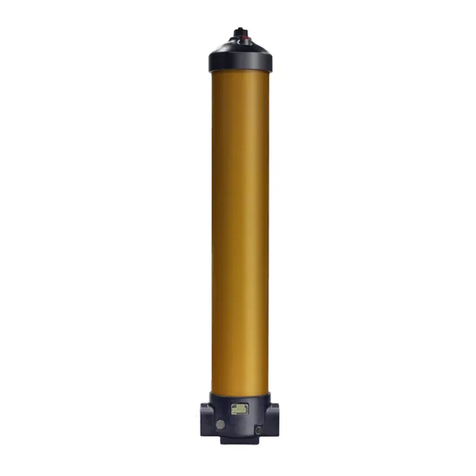Everpure QC7I Single-MH2 Manual




















This manual suits for next models
60
Table of contents
Other Everpure Water Filtration System manuals
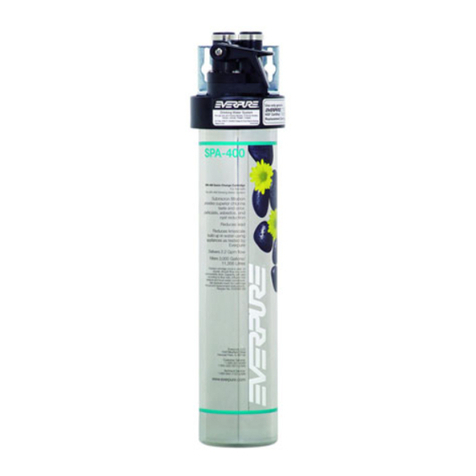
Everpure
Everpure SPA-400 User manual
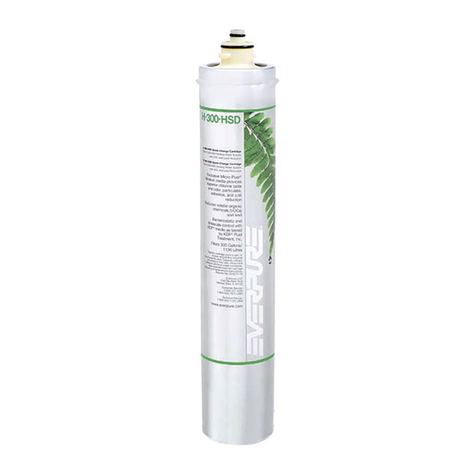
Everpure
Everpure H-54 Operating instructions
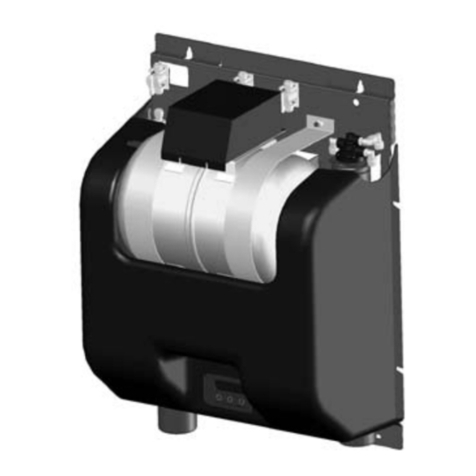
Everpure
Everpure MRS-600HE Operating instructions
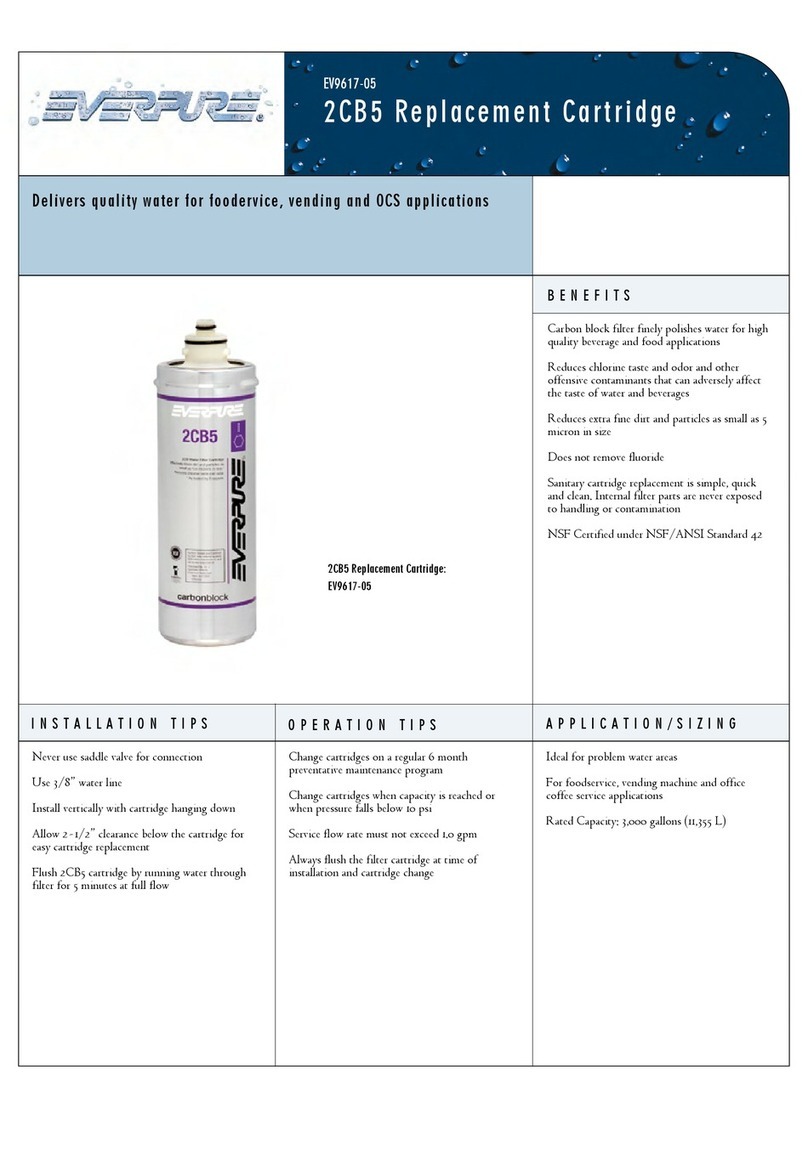
Everpure
Everpure 2CB5 User manual

Everpure
Everpure Insurice Quad-i40002 User manual
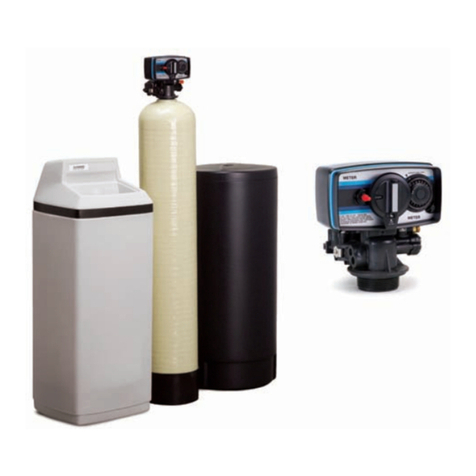
Everpure
Everpure EV9980-11 User manual
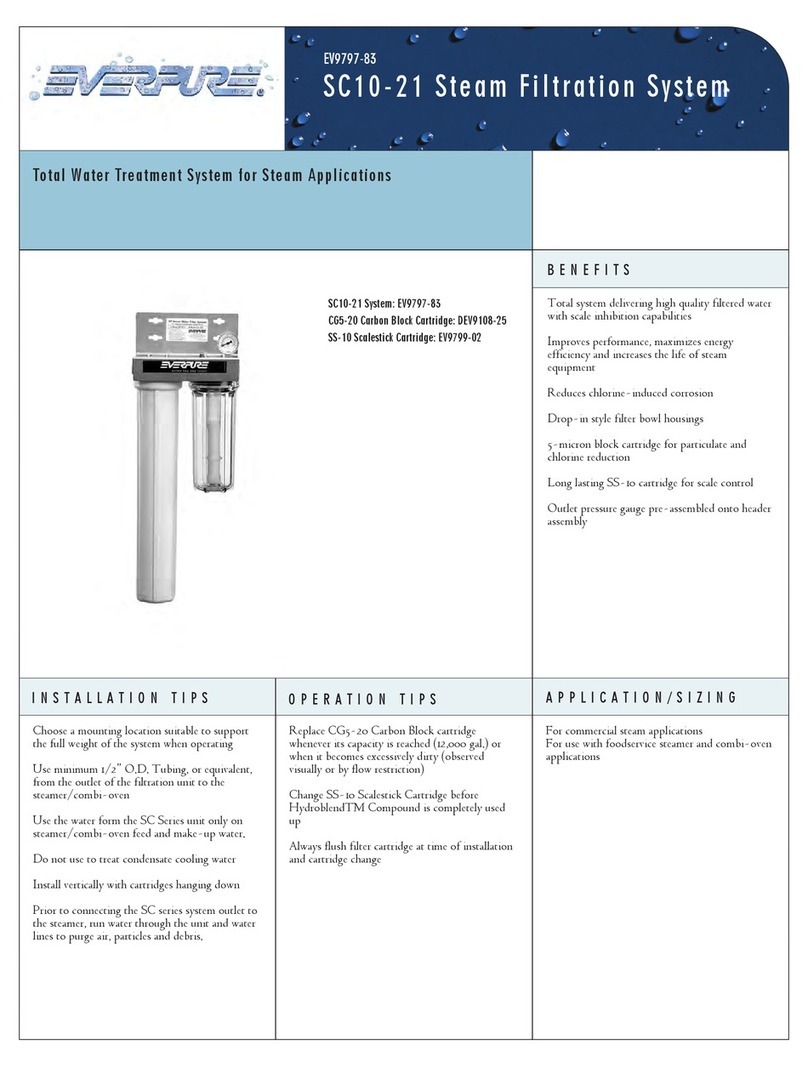
Everpure
Everpure Steam Filtration System DEV9108-25 User manual

Everpure
Everpure H-104 User manual

Everpure
Everpure EV9347-20 Operating instructions
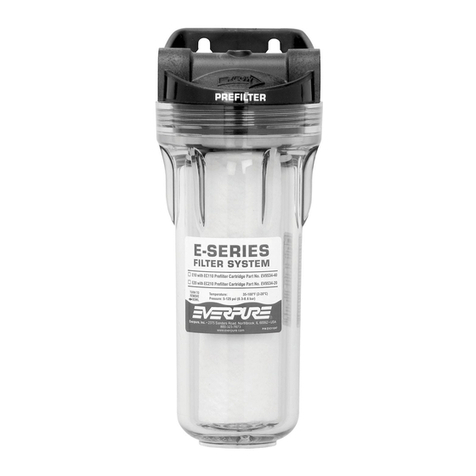
Everpure
Everpure E10 Series Operating instructions
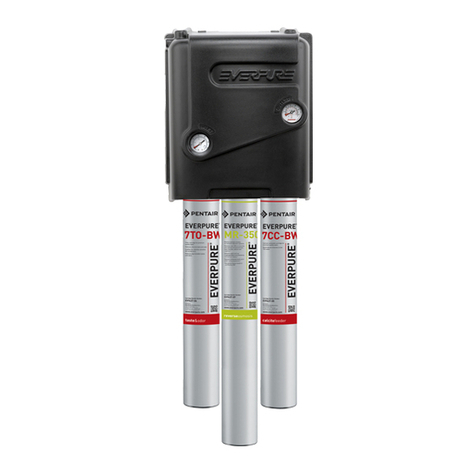
Everpure
Everpure MRS-100 Operating and maintenance instructions

Everpure
Everpure QL1-WPS Operating instructions
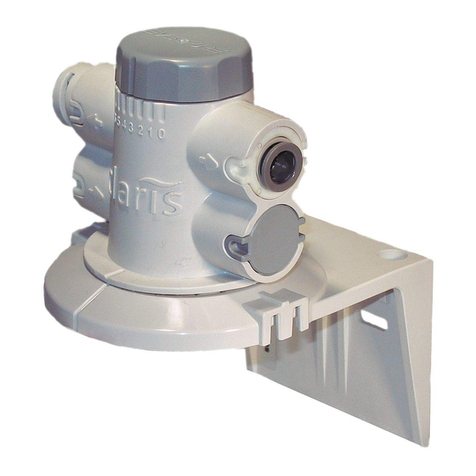
Everpure
Everpure EV4339-23 Assembly instructions
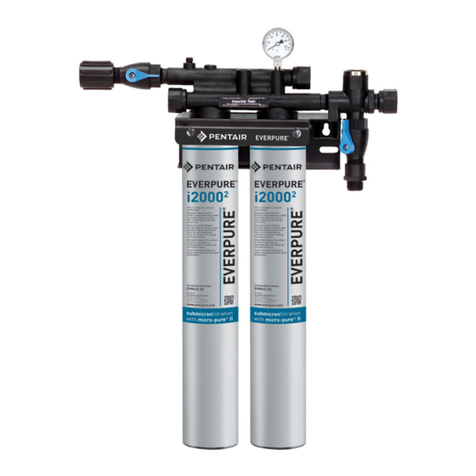
Everpure
Everpure Insurice Twin-i20002 User manual
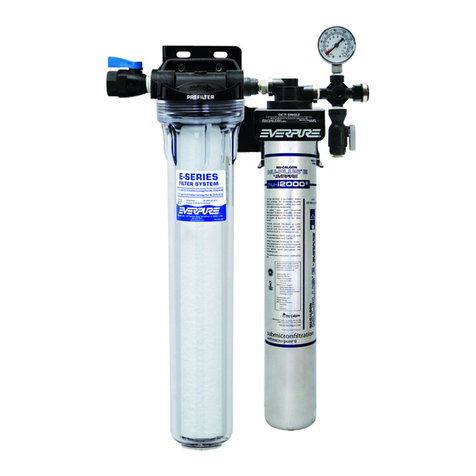
Everpure
Everpure Insurice PF Single – i2000 Operating instructions

Everpure
Everpure H-54 Operating instructions

Everpure
Everpure EV3034-83 Operating instructions

Everpure
Everpure ROM III Operating instructions

Everpure
Everpure Water Filter CB20-302E User manual

Everpure
Everpure Kleensteam II Single Operating instructions
Popular Water Filtration System manuals by other brands

Wayde King Water Filtration
Wayde King Water Filtration KWF-1252 owner's manual
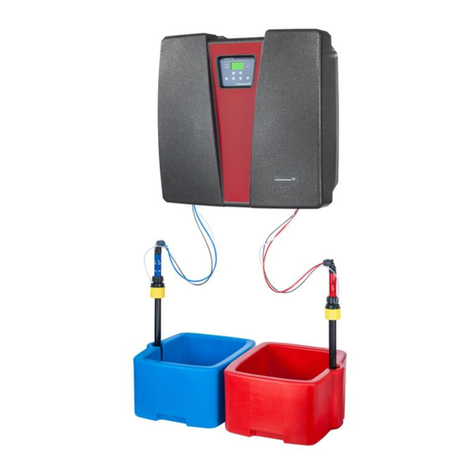
GRUNDFOS ALLDOS
GRUNDFOS ALLDOS Oxiperm Pro OCD-162 Installation and operating instructions
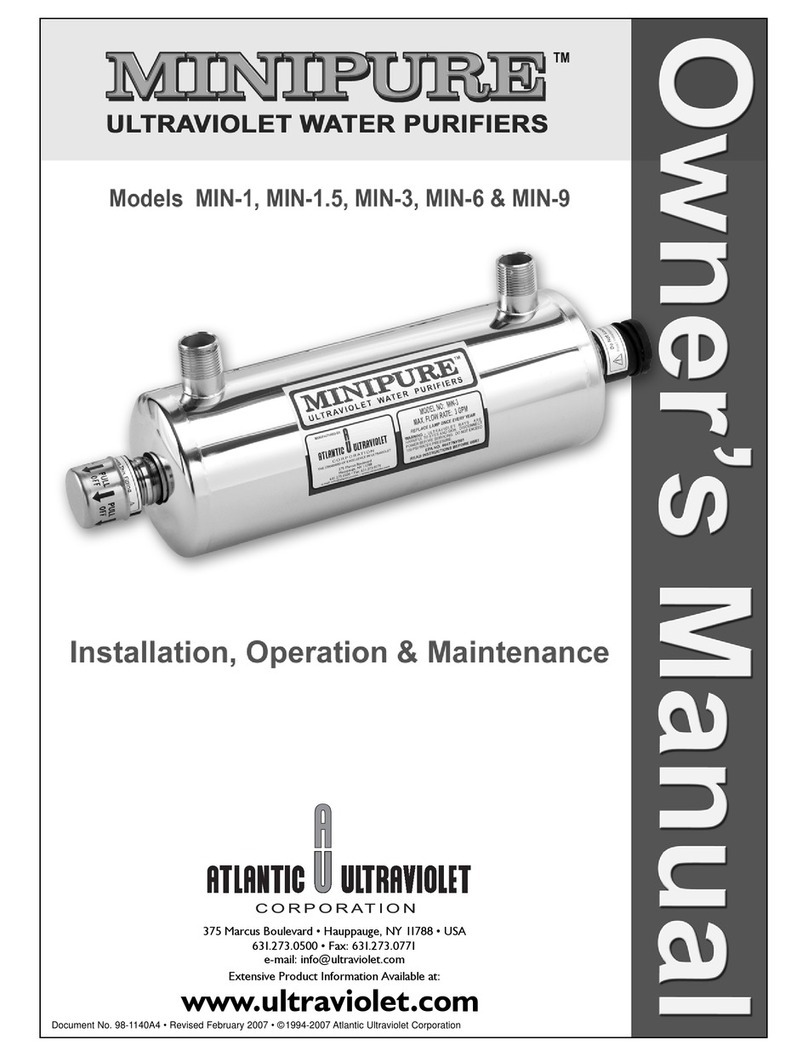
Atlantic Ultraviolet
Atlantic Ultraviolet MIN-1 owner's manual
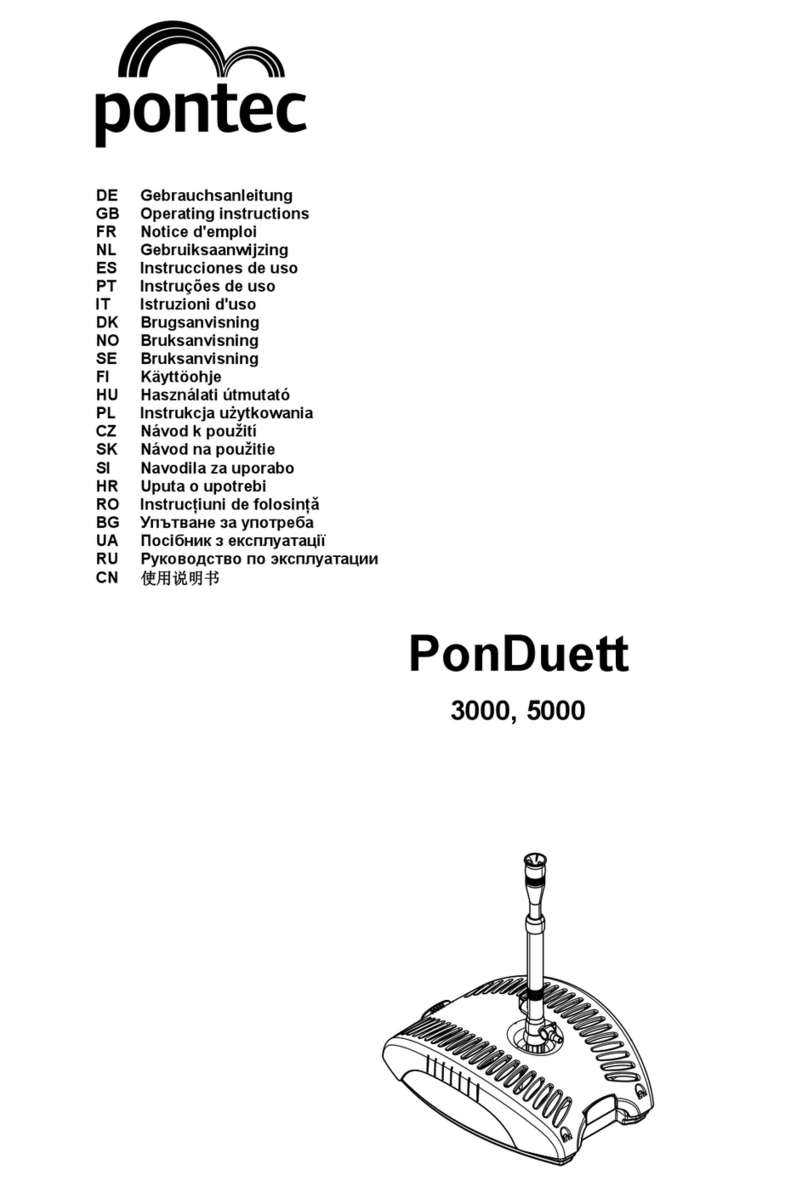
Pontec
Pontec PonDuett 5000 operating instructions

Bühler technologies
Bühler technologies BKF Installation and operation instructions
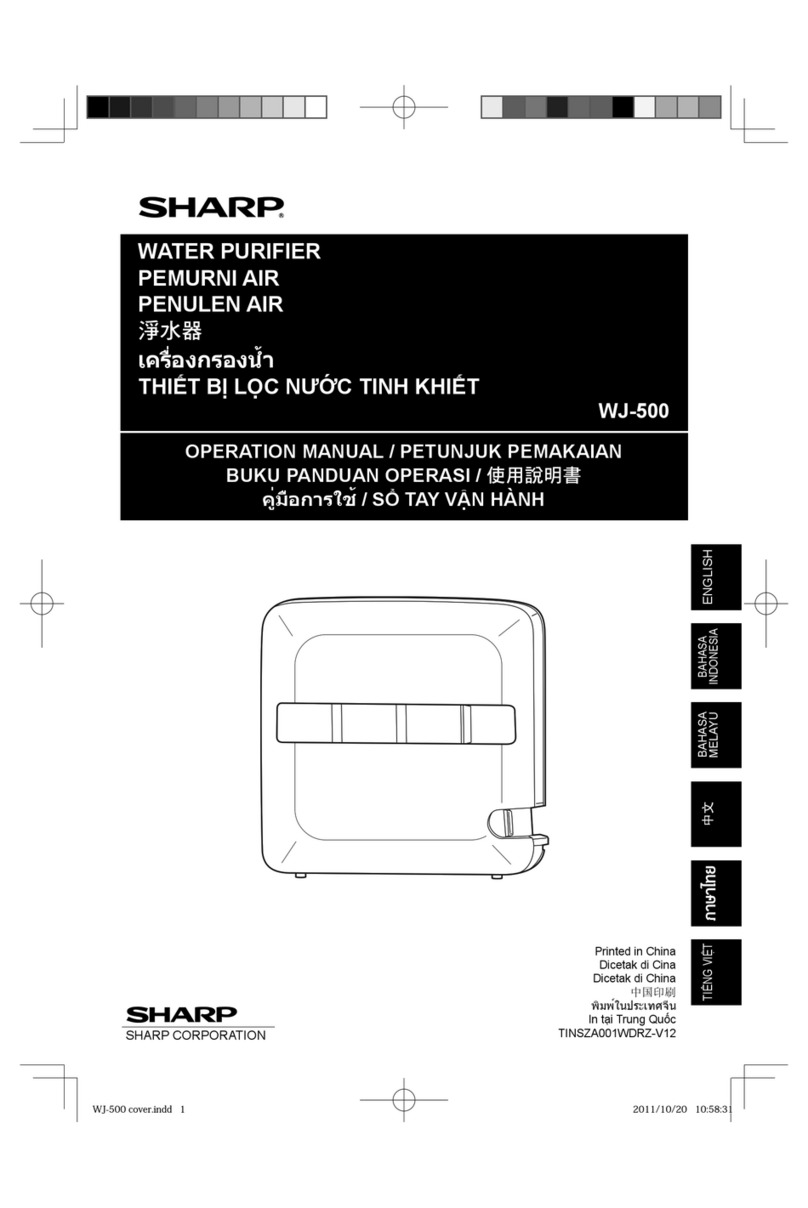
Sharp
Sharp WJ-500 Operation manual
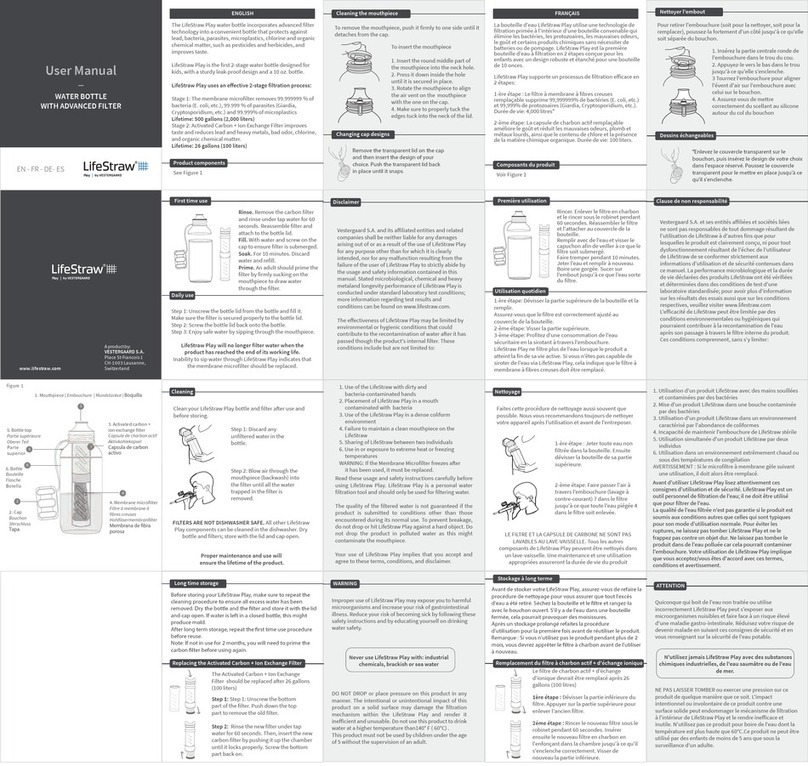
Vestergaard
Vestergaard LifeStraw user manual
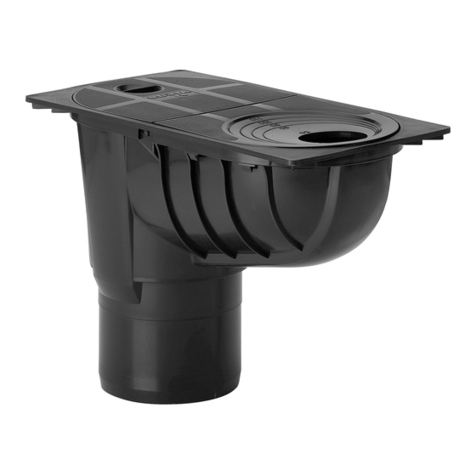
Viega
Viega 4970 Instructions for use
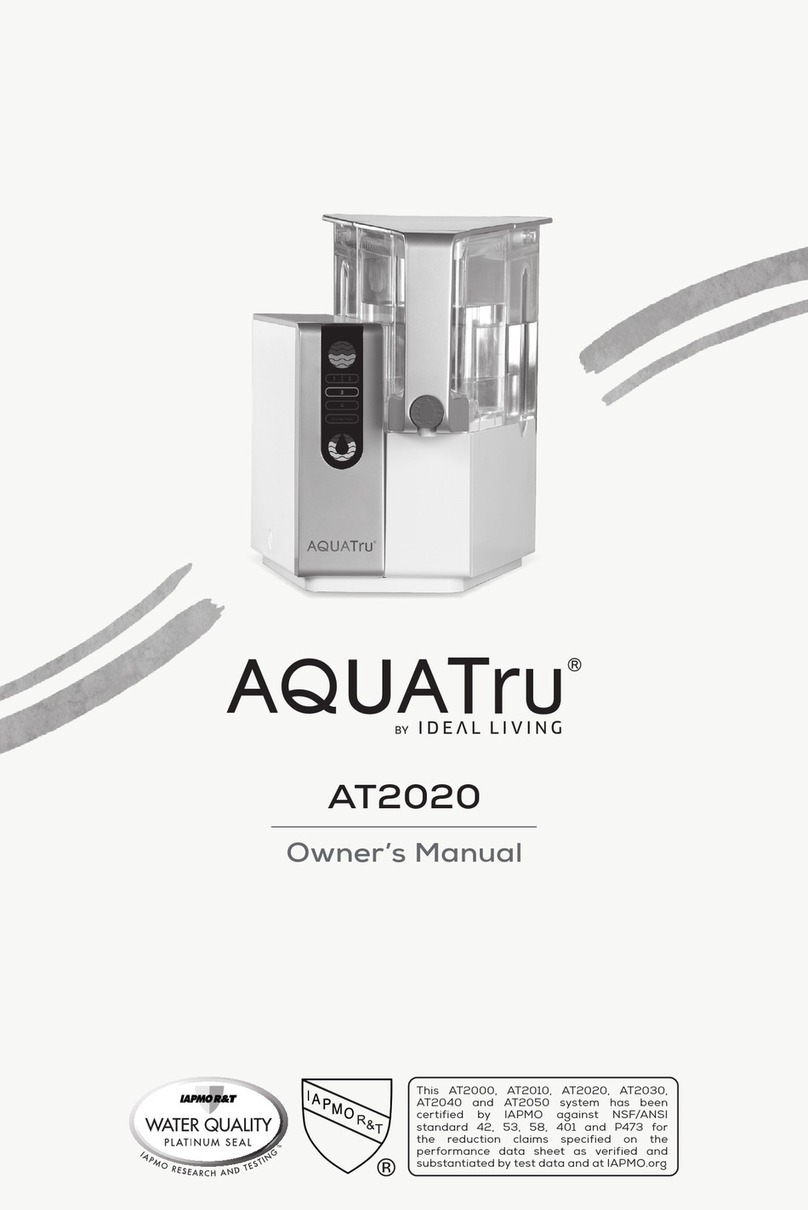
Ideal Living
Ideal Living AQUATru AT2020 owner's manual

Beko
Beko CLEARPOINT HP100S040 Instructions for installation and operation
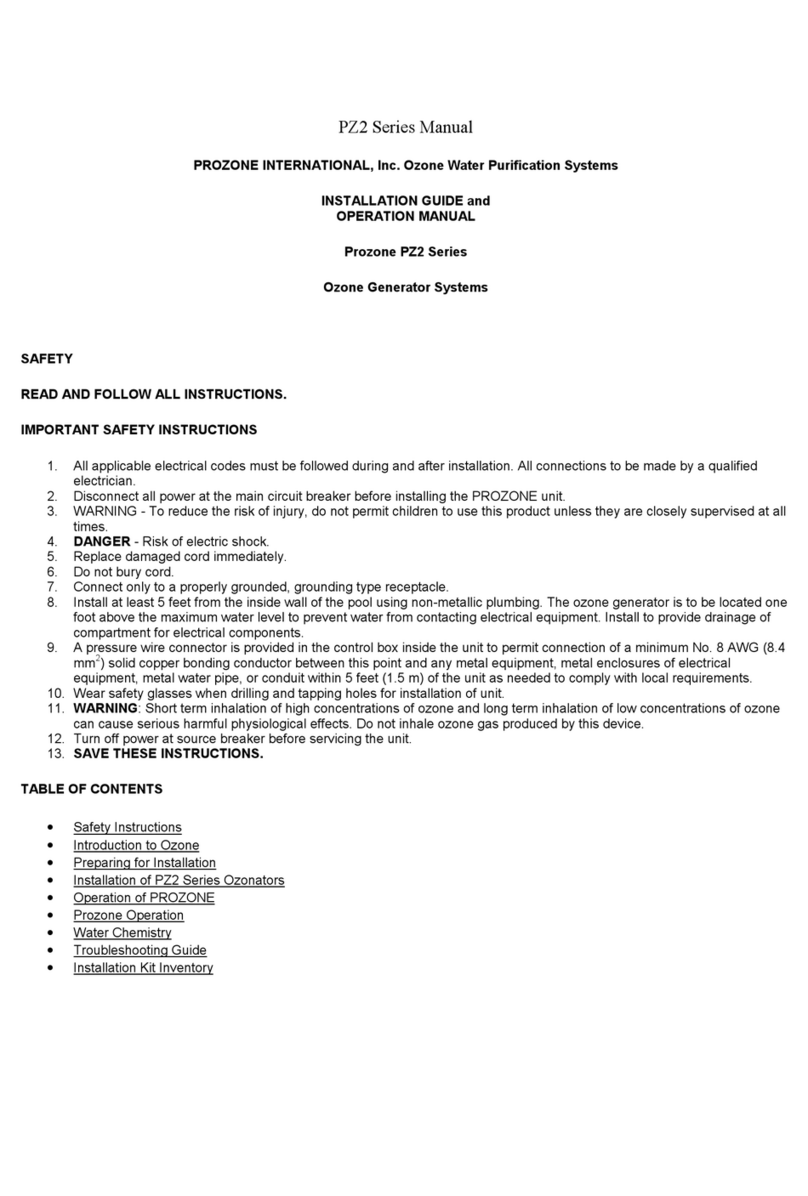
Prozone
Prozone PZ2 Series Installation guide & operation manual

Environmental Water Systems
Environmental Water Systems EWS-1354-1.5 quick start guide
